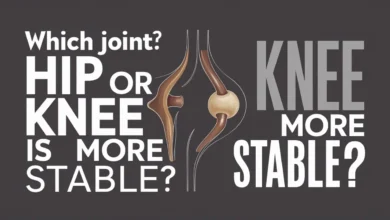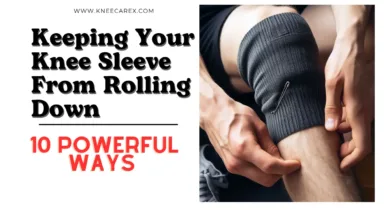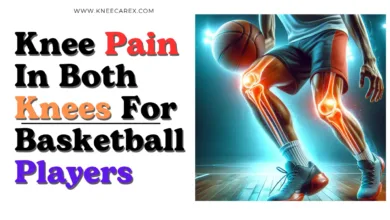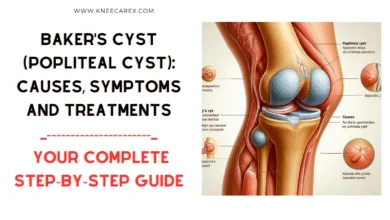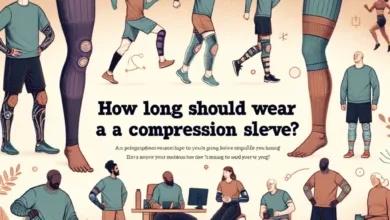Sharp knee pain when straightening leg: Causes & Expert Solutions
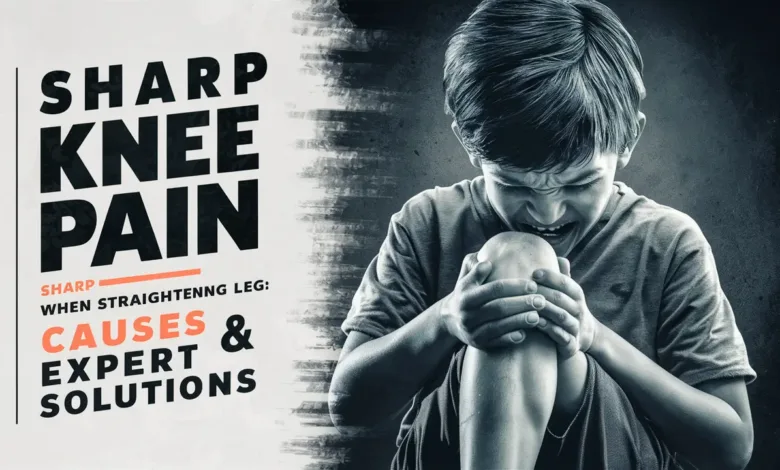
Have you ever tried Sharp knee pain when straightening leg? This painful sensation, which can interfere with daily tasks and impair mobility, affects a lot of people. Finding effective remedies for intense knee pain during leg straightening requires an awareness of the underlying causes, whether the pain develops immediately during exercise or gradually over time. In this piece, we examine the typical causes of this problem and look at professional recommendations for reducing pain and restoring full function to your knee joint. So let’s solve the puzzle of this bewildering discomfort and find a solution to wave goodbye to those uncomfortable twinges permanently.
Contents
- 1 Knee Hurts Cause Pain when straightening your Leg
- 2 Treatment Options:
- 3 Prevention is Better Than Cure:
- 4 FAQs
- 4.1 Why do I have sharp pain in my knee when I straighten it?
- 4.2 What is it called when it hurts to straighten your knee?
- 4.3 What should I do if my knee hurts sharply?
- 4.4 Why can’t I straighten my knee without pain?
- 4.5 What is wrong with your knee if it hurts to straighten it?
- 4.6 Should I go to the ER if I can’t straighten my knee?
- 4.7 How do I know if my knee pain is serious?
- 4.8 Is it better to rest or walk when knee pain is present?
- 4.9 How do I stop stabbing pain in my knee?
- 4.10 Why do I have sharp pain in my knee for no reason?
- 4.11 What kind of knee injury hurts when straightened?
- 4.12 Why does my knee hurt when I extend it?
- 4.13 Why does my knee hurt when standing straight?
- 4.14 Can you straighten your knee with a torn meniscus?
- 4.15 What causes sudden sharp pain in my knee?
- 4.16 How do you relieve sharp knee pain?
- 4.17 Is sharp knee pain normal?
- 4.18 Baker’s Cyst (Popliteal Cyst): Causes, Symptoms and Treatments
- 4.19 Why is my knee pain so intense?
- 4.20 Stabbing pain in the knee when straightening?
- 4.21 Throbbing pain in the knee when straight?
- 4.22 Sharp pain in the knee when bending and straightening?
- 4.23 Extreme pain in the knee when straightening leg?
- 5 Conclusion: Sharp knee pain when straightening leg
Top 5 Best knee brace for bakers cyst |Products Reviews 2024
Knee Hurts Cause Pain when straightening your Leg
Numerous conditions may result in knee discomfort, such as meniscus tears, ligament damage, runner’s knee, iliotibial band syndrome, patellar tendonitis, arthritis, bursitis, and knee joint effusion. Injuries to the ligaments may result in instability while straightening the knee, while overuse or abrupt motions may strain or inflame the muscles or tendons around the knee joint. Running and stair climbing are two activities that might exacerbate pain. For a precise diagnosis and the best course of action, it is important to speak with a healthcare provider.
The following factors may contribute to knee discomfort during leg extension:
- Muscle Strain or Tendonitis: Overuse or sudden movements can cause strain or inflammation in the muscles or tendons surrounding the knee joint.
- Meniscus Tear: The meniscus is a rubbery disc that cushions the knee joint. Tears in the meniscus can cause pain, especially when straightening the leg.
- Ligament Injury: Injuries to the knee ligaments, such as the anterior cruciate ligament (ACL)
or posterior cruciate ligament (PCL), can cause pain and instability when straightening the leg.
- Patellar Tendonitis (Jumper’s Knee) is a condition involving inflammation of the tendon connecting the kneecap to the shinbone. It can cause pain, especially when extending the leg.
- Arthritis: Osteoarthritis, rheumatoid arthritis, or other types of arthritis can cause pain and stiffness in the knee joint, particularly when straightening the leg.
- Bursitis: Inflammation of the bursae, small sacs of fluid that cushion the knee joint, can lead to pain and swelling, particularly when straightening the leg.
- Patellofemoral Pain Syndrome (Runner’s Knee): This condition involves pain around the patella (kneecap) and can worsen when straightening the leg, especially during activities like running or climbing stairs.
- Iliotibial (IT) Band Syndrome: Tightness or inflammation of the IT band, a thick band of tissue that runs along the outside of the thigh, can cause pain on the outer side of the knee when straightening the leg.
- Chondromalacia Patellae: This condition involves softening and degeneration of the cartilage on the underside of the kneecap, which can cause pain and discomfort, particularly when straightening the leg.
- Knee Joint Effusion (Fluid Build-up): Excessive fluid accumulation within the knee joint can lead to pain, stiffness, and difficulty straightening the leg.
Essential 5 Exercises to do Before Knee Replacement Surgery
Treatment Options:
Knee discomfort can be treated with surgery, medication, or physical therapy. Medication such as NSAIDs can reduce pain and swelling, while physical therapy helps increase flexibility and strengthen muscles. Injections of corticosteroids may offer temporary respite. Surgery might be required in extreme circumstances to restore broken bone structures or ligaments. The symptoms, underlying causes, and individual preferences all influence the best course of treatment. Seek advice from a medical practitioner for the best course of action.
Physical Therapy:
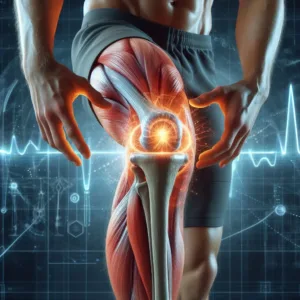
Anti-inflammatory Medication:
NSAIDs are drugs that work by preventing the body’s enzymes from causing pain or inflammation. They reduce discomfort and increase range of motion in knee pain. They do not, however, deal with the root reason. If your discomfort is severe or chronic, see a medical expert. NSAIDs are available in over-the-counter and prescription-strength varieties, and their dose should be followed. A healthcare professional should be consulted before beginning a new pharmaceutical regimen to be informed of any potential adverse effects.
Corticosteroid Injections:
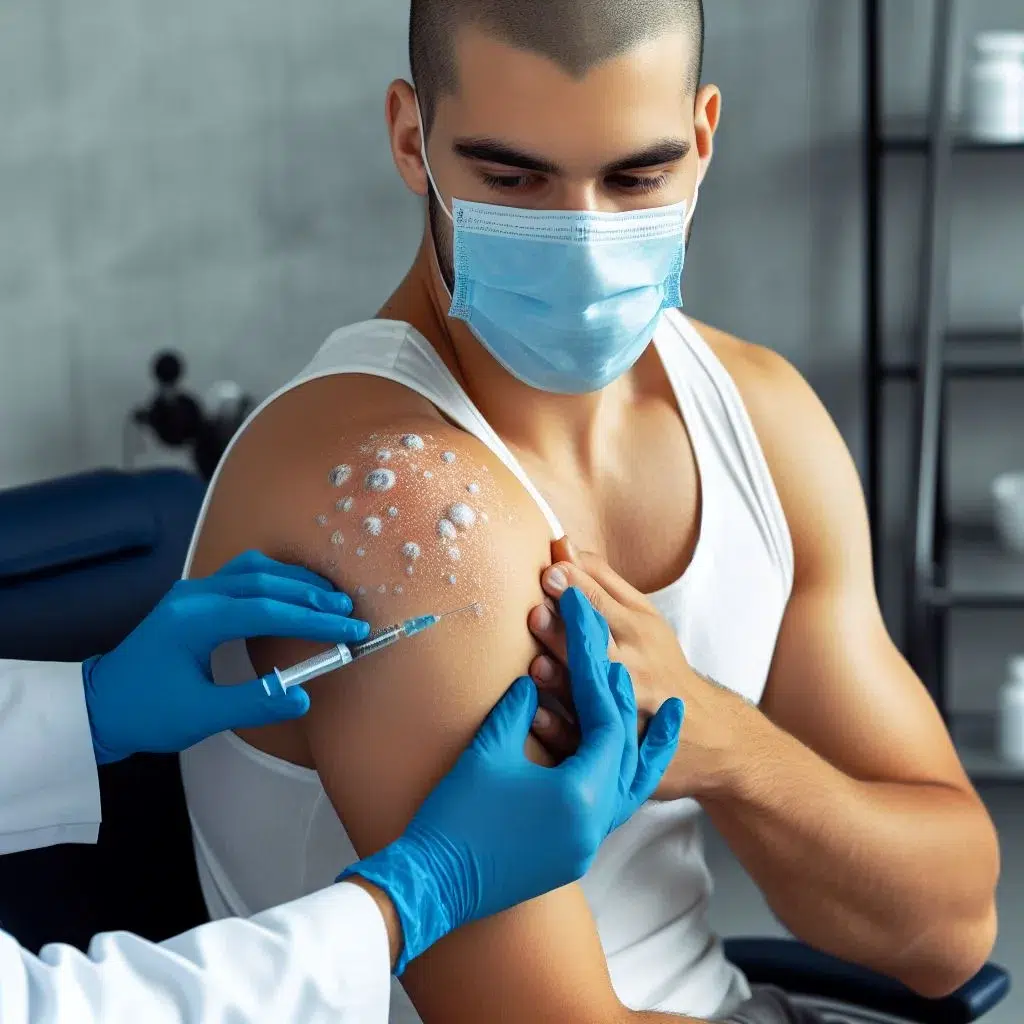
Read More About: Corticosteroid Injections
Prevention is Better Than Cure:
Maintaining a healthy weight, getting regular exercise, and using proper form when exercising are all important ways to avoid knee pain. Overweight places the knees under needless strain, which ages the joints. When engaging in physical activities, using proper form helps minimize dangers and minimize knee strain. In the long run, people can enjoy a more active lifestyle free from acute knee discomfort by prioritizing and investing in preventative measures.
FAQs
Why do I have sharp pain in my knee when I straighten it?
Sharp pain when straightening the knee could indicate various issues like ligament injuries, meniscus tears, or arthritis.
What is it called when it hurts to straighten your knee?
Pain when straightening the knee can be due to conditions like patellar tendinitis or chondromalacia patellae.
What should I do if my knee hurts sharply?
Rest, ice, compression, and elevation (RICE) can help manage sharp knee pain. If severe, consult a healthcare professional.
Why can’t I straighten my knee without pain?
Difficulty straightening the knee without pain could be due to several reasons, including injury or inflammation.
What is wrong with your knee if it hurts to straighten it?
Pain when straightening the knee could be due to injuries, overuse, or underlying conditions like arthritis.
Should I go to the ER if I can’t straighten my knee?
If you can’t straighten your knee and it’s causing severe pain or swelling, seek medical attention promptly.
How do I know if my knee pain is serious?
If knee pain is severe, persistent, or limits mobility, consult a healthcare professional for an accurate diagnosis.
Is it better to rest or walk when knee pain is present?
Depending on the cause, it might be beneficial to rest initially and gradually increase activity as tolerated.
How do I stop stabbing pain in my knee?
Rest, ice, and over-the-counter pain relievers can help manage stabbing knee pain. Consult a healthcare professional for severe or persistent pain.
Why do I have sharp pain in my knee for no reason?
Sharp knee pain without a clear cause could be due to overuse, muscle imbalances, or underlying conditions.
What kind of knee injury hurts when straightened?
Injuries like ligament tears or meniscus tears can cause pain when straightening the knee.
Why does my knee hurt when I extend it?
Pain when extending the knee could be due to issues like patellar tendonitis or bursitis.
Why does my knee hurt when standing straight?
Knee pain when standing straight could be due to conditions like patellofemoral pain syndrome or arthritis.
Can you straighten your knee with a torn meniscus?
With a torn meniscus, you might experience difficulty straightening the knee due to pain or mechanical issues.
What causes sudden sharp pain in my knee?
Sudden sharp knee pain could be due to injuries, such as ligament tears or cartilage damage.
How do you relieve sharp knee pain?
Rest, ice, compression, and elevation (RICE) can help relieve sharp knee pain. Consult a healthcare professional for severe pain.
Is sharp knee pain normal?
Sharp knee pain is not normal and could indicate an underlying issue that requires evaluation by a healthcare professional.
Baker’s Cyst (Popliteal Cyst): Causes, Symptoms and Treatments
Why is my knee pain so intense?
Intense knee pain could be due to injuries, inflammation, or degenerative conditions like arthritis.
Stabbing pain in the knee when straightening?
Stabbing pain when straightening the knee could indicate issues like ligament injuries or meniscus tears.
Throbbing pain in the knee when straight?
Throbbing knee pain when straightening could be due to inflammation or overuse.
Sharp pain in the knee when bending and straightening?
This could indicate issues with the patella or other structures in the knee joint.
Extreme pain in the knee when straightening leg?
Extreme pain when straightening the leg could be due to severe injuries or structural issues in the knee joint.
Conclusion: Sharp knee pain when straightening leg
In conclusion, experiencing sharp knee pain when straightening your leg is not something to ignore or simply dismiss. It is a symptom that could be caused by a variety of underlying issues, ranging from minor injuries to more serious conditions. By understanding the potential causes and expert solutions, you can take control of your health and well-being. Remember, your knees are crucial for mobility and overall quality of life, so it is essential to address any pain or discomfort promptly. Take the time to seek professional advice and explore treatment options to ensure you continue to move forward with comfort and confidence. Your knees deserve the best care possible, so don’t hesitate to take action and prioritize your health.
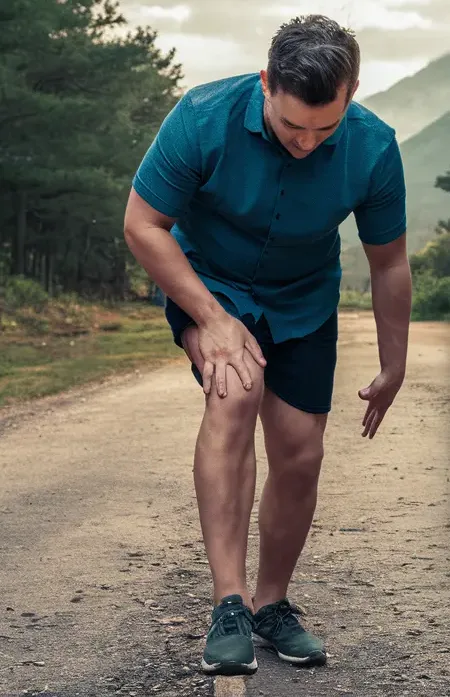 or posterior cruciate ligament (PCL), can cause pain and instability when straightening the leg.
or posterior cruciate ligament (PCL), can cause pain and instability when straightening the leg.